Christmas, Seasons, Time Travel
A Christmas Carol: A Tale of Ghosts, Guilt, and… Time Travel?
Charles Dickens’ A Christmas Carol is one of the most beloved and analyzed works in literary history.
It’s a story of transformation, redemption, and seasonal cheer—or, more bluntly, a warning not to be a jerk, lest ghosts hijack your holiday plans. But while we’re busy discussing its social commentary and warm fuzzy ending, we often overlook an intriguing, speculative layer within the text: A Christmas Carol as a proto-science fiction story. That’s right—beyond the ghosts and morality play, Dickens may have accidentally dabbled in the realm of time travel, alternate realities, and quantum consequences.
A Temporal Anomaly in Victorian England
Let’s start with the mechanics of Scrooge’s journey. He doesn’t merely dream or hallucinate his way through Christmases past, present, and future. The ghosts take him on a vivid, chronological tour where he sees events as they happened—or will happen—with unnerving clarity. The Ghost of Christmas Past doesn’t just show Scrooge memories; it transports him to a fully immersive recreation of his younger days, where he can observe details he had long forgotten. Similarly, the Ghost of Christmas Future delivers a stark vision of a world that might come to pass if he doesn’t change his ways.
In modern terms, this feels suspiciously like time travel. Dickens essentially hands Scrooge the keys to his own timeline, allowing him to view not only the past but also potential futures. Is this the work of supernatural beings, or is Dickens unwittingly toying with concepts of multiverse theory and temporal causality? If so, A Christmas Carol may be one of the earliest explorations of these ideas in literature.
Quantum Morality and Alternate Realities
Consider the stakes of Scrooge’s journey. The Ghost of Christmas Future doesn’t just predict doom—it presents an if-then scenario: “If you continue on this path, Tiny Tim dies. If you change, he lives.” This dynamic feels more aligned with modern sci-fi than Victorian ghost stories. Dickens may not have known it, but he was essentially exploring the concept of quantum morality. Scrooge isn’t just redeeming himself; he’s shifting his reality onto a more favorable timeline.
The implications are fascinating. If Scrooge’s actions can change the future so drastically, what does that say about the malleability of fate? Is every decision we make creating alternate realities? And, more chillingly, what happens to the “original” timeline where Scrooge dies unloved and Tiny Tim never sees another Christmas? Does it continue to exist, or is it erased by Scrooge’s redemption? Dickens gives us no answers, leaving these haunting possibilities to linger like—well, like ghosts.
The Spirits as Agents of Cosmic Justice
Who—or what—are the ghosts? While traditionally interpreted as spirits of the dead or embodiments of Christmas ideals, they can also be seen as agents of a higher power that transcends time and space. Their mission isn’t just to save Scrooge’s soul; it’s to restore balance to a timeline disrupted by his greed and apathy. In this sense, the ghosts function less like supernatural beings and more like cosmic repairmen—or even interdimensional travelers—tasked with preventing one man’s bad choices from derailing an entire community.
The Ghost of Christmas Past, for instance, operates like a historian, meticulously documenting Scrooge’s emotional traumas. The Ghost of Christmas Present acts as a real-time surveillance system, showing Scrooge events he couldn’t possibly witness otherwise. And the Ghost of Christmas Future is a harbinger of causality, guiding Scrooge toward a critical choice point. Together, they form a kind of temporal intervention team, ensuring that Scrooge doesn’t just wake up a better man but also leaves a ripple of goodness across his reality.
A Victorian Multiverse
Dickens’ London is a rich, detailed world—but it’s also a microcosm of how interconnected lives can be. Scrooge’s transformation doesn’t just affect him; it alters the lives of Bob Cratchit, Tiny Tim, Fred, and countless unnamed others. This interconnectedness mirrors modern depictions of multiverses, where a single choice can send ripples across entire realities. By saving himself, Scrooge saves his community. It’s a reminder that our personal decisions are never truly isolated—they’re part of a larger tapestry of cause and effect.
The Ghost of Science Fiction Yet to Come
So, what does this mean for A Christmas Carol? Is it a ghost story, a moral fable, or a covert work of speculative fiction? The beauty of Dickens’ masterpiece is that it can be all of these things at once. By layering themes of time, consequence, and interconnectedness into a simple Christmas tale, Dickens created a work that resonates not just with his Victorian audience but also with readers today—particularly those drawn to the speculative and the surreal.
As science fiction continues to explore themes of time travel, multiverses, and morality, A Christmas Carol stands as an unexpected ancestor of the genre. It reminds us that even in the darkest timelines, redemption is possible, and the future is never set in stone. After all, as Scrooge himself discovers, the best way to rewrite history—or the future—is to start with the choices we make today.
About Leif J. Erickson
Leif J. Erickson is a science fiction and fantasy author from a small farming community in west central Minnesota. Using his time wisely when he was a farmer, Leif developed many ideas, characters, and storylines to create over fifty unique first drafts and outlines for stories. From his start in a small town school, to college at North Dakota State University, back to his family farm, then to the bright lights of Minneapolis, Minnesota, and back to his small farming town, Leif has always had a love of writing.
When Leif isn’t writing he can be found with his wife hiking in state parks, canoeing local lakes and rivers, exploring local and regional ghost towns, experiencing museums, or simply reading or hanging out with friends and family. Leif draws on the local nature and ecology to find inspiration for his writing while he also asks what’s possible for technology and the human race, weaving them together for amazing stories that will stay with the reader for years to come. Leif looks forward to having many novel and story releases in the years to come.
You can see all of Leif’s Books here: Leif’s Amazon Author Page

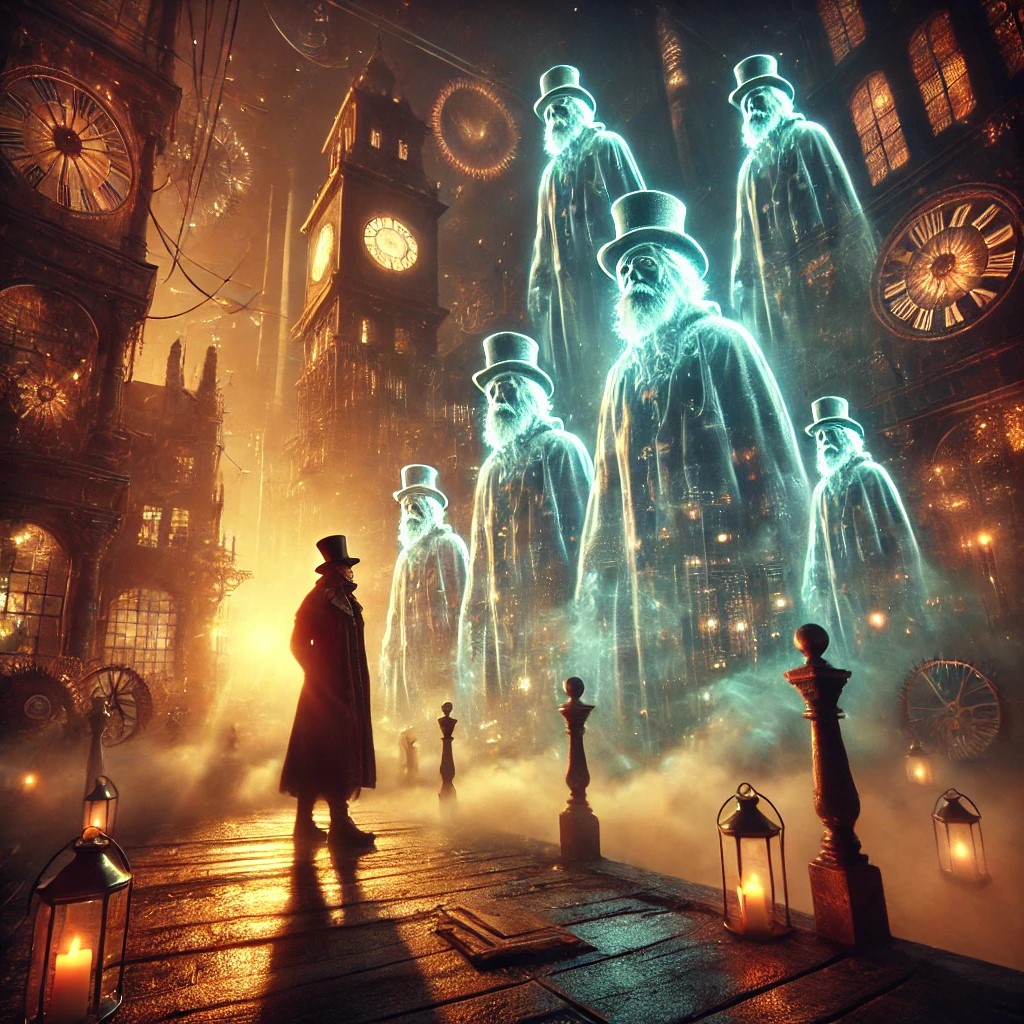






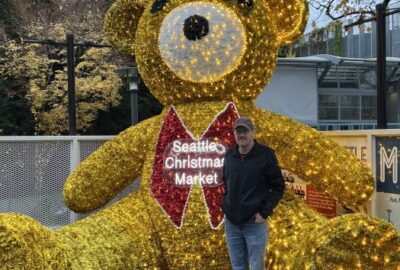
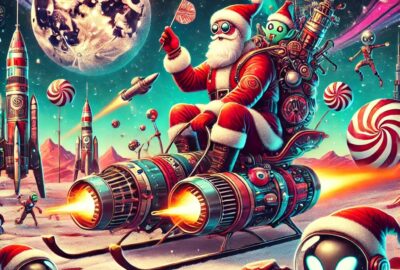


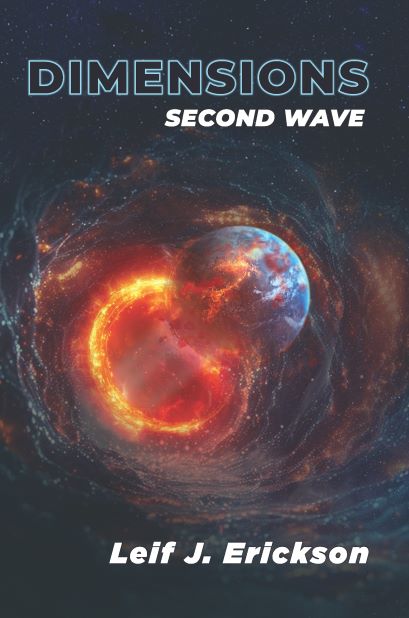
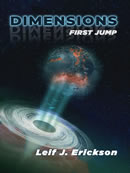
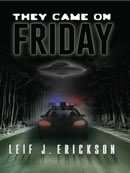
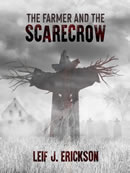
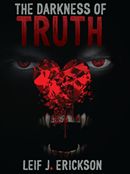
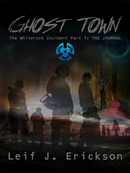
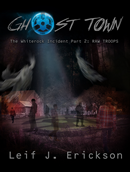
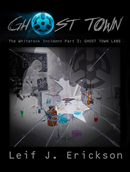
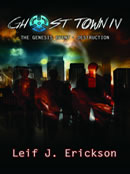
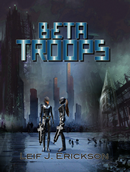
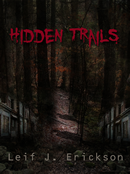
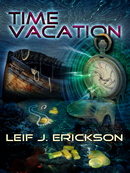
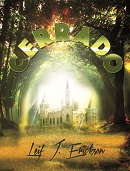




Leave a reply
You must be logged in to post a comment.